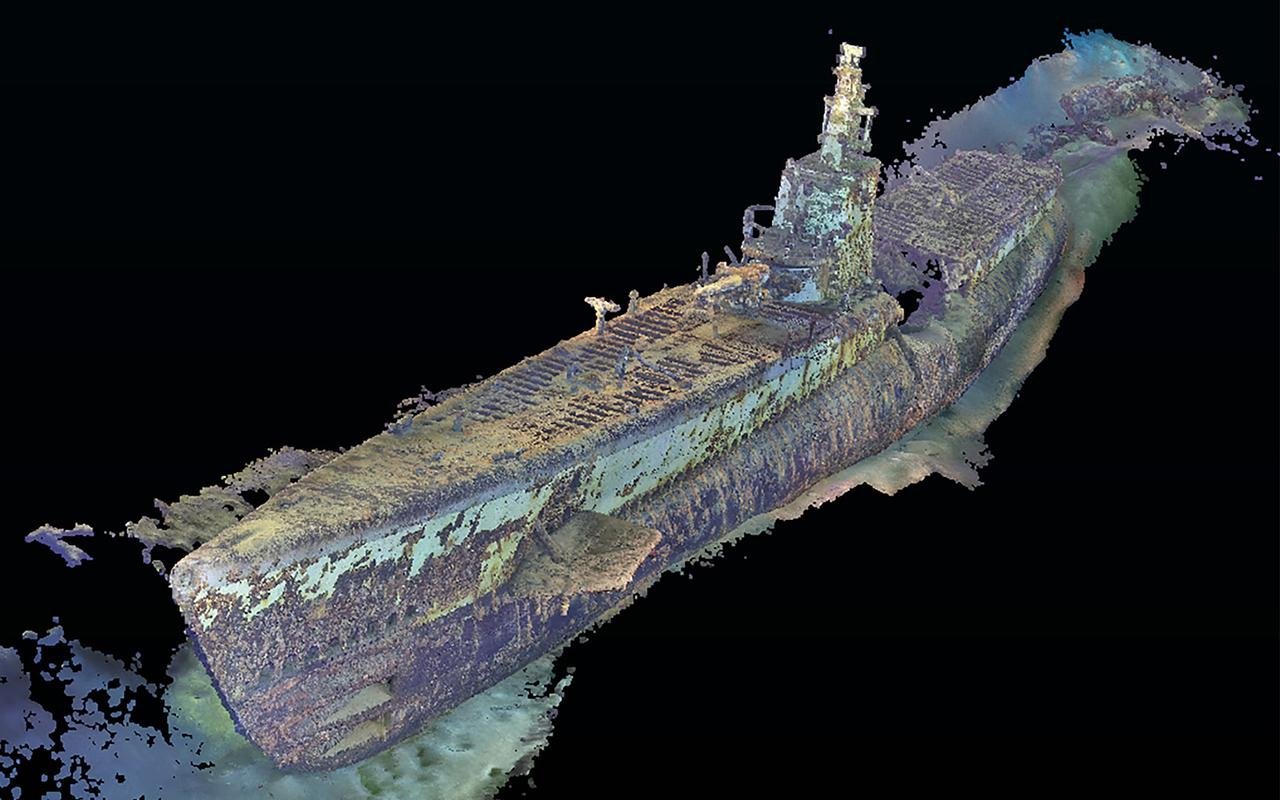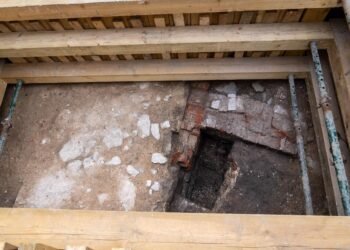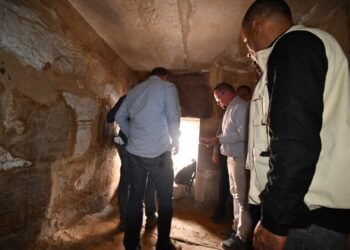The remains of the USS Harder, a distinguished American submarine lost during World War II, have been located in the South China Sea. The submarine, which sank with its 79-member crew in a fierce battle against a Japanese warship in 1944, was found at a depth of approximately 3,750 feet (1,140 meters) near Luzon, a northern island of the Philippines.

The New York-based Lost 52 Project, led by Tim Taylor, made the discovery, marking a significant addition to the efforts of locating missing WWII submarines.
The USS Harder, a Gato-class submarine, was one of the most celebrated American submarines of World War II. Commissioned on December 2, 1942, under the command of Commander Samuel D. Dealey, it earned a formidable reputation for its effectiveness and audacity in combat.
Nicknamed “Hit ‘Em Harder,” the submarine was credited with sinking numerous Japanese vessels, including four destroyers and two frigates. This prolific success earned the submarine six battle stars and a Presidential Unit Citation for its first five patrols.

The submarine’s final mission began in the South China Sea near Luzon, where it joined forces with the USS Haddo and USS Hake. On August 24, 1944, after an intense confrontation with Japanese escort ship CD-22, the USS Harder fired three torpedoes, which were evaded. The enemy then retaliated with a series of depth charges, one of which struck and sank the submarine. The loss was a significant blow to the U.S. Navy, as the Harder had been instrumental in disrupting Japanese naval operations.
Tim Taylor, the founder of the Lost 52 Project, has been at the forefront of underwater exploration to locate the 52 American submarines lost during World War II and four from the Cold War. His team utilized autonomous underwater vehicles (AUVs) and shipboard sonar to scan the ocean floor meticulously. The challenging search process, often described as finding a needle in a haystack, was aided by recent favorable weather conditions, enabling the team to locate the Harder’s wreckage.
“This is one of the most celebrated WWII submarines and a historic naval discovery,” Taylor shared with Live Science. The images captured by the AUVs revealed that the USS Harder is relatively intact, resting upright on its keel, despite the damage from the depth charges. The submarine, now a protected war grave, has also become a thriving habitat for marine life.
The confirmation of the wreck was made by the Naval History and Heritage Command (NHHC) after reviewing the data provided by Taylor and his team. Samuel J. Cox, a retired U.S. Navy rear admiral and the director of NHHC, stated, “Harder was lost in the course of victory. We must not forget that victory has a price, as does freedom.”
The USS Harder was not only a critical asset in naval operations but also a symbol of bravery and tactical brilliance. Commander Dealey, known for his audacious yet prudent combat strategies, was posthumously awarded the Medal of Honor, along with multiple Navy Crosses and the Distinguished Service Cross.
The wreck of the USS Harder remains under the protection of U.S. law, designated as a sunken military craft. Previous finds include the USS Grayback, USS Stickleback, USS R-12, USS S-26, USS S-28, and the USS Grunion.
Taylor’s efforts have not only advanced historical knowledge but have also brought a sense of closure to the families of the submariners lost at sea. In 2021, the Navy recognized Taylor’s contributions by awarding him the Navy Distinguished Public Service Award, its highest civilian honor.























